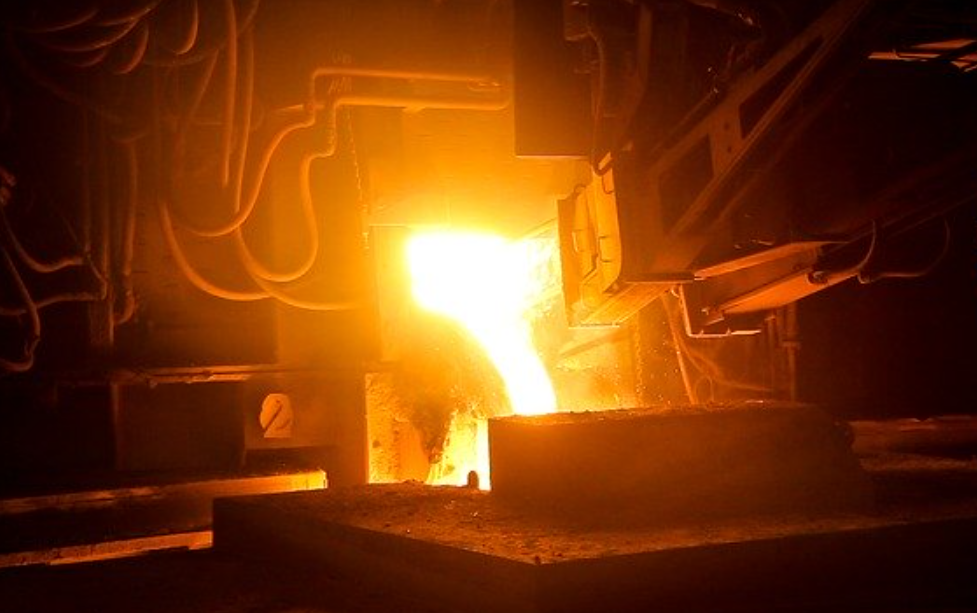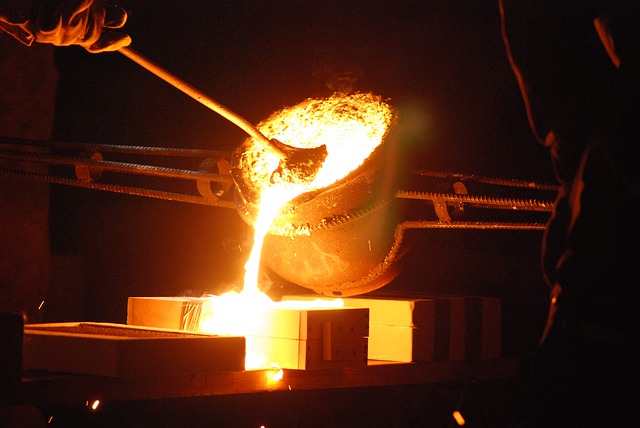Let’s begin the article by explaining what precisely is the metal casting process. The method of forging objects by pouring gleaning metal into a cast is called metal casting. It is considered to be a cheaper way of manufacturing a metal piece than manufacturing it through a machine.
There are several metal casting processes that exist in the manufacturing industry. However, you can choose which approach you want to undertake based on the metal you are using, the run’s size, and the intricacy of the process.
Metal casting can be primarily divided into two main categories. According to Dawang Casting, You can forge a metal piece either using the reusable molds method or through the expendable molds process.
1. Reusable Molds

Reusable molds, as the name suggests, can be used to manufacture a variety of metal pieces. Since they are permanent in nature, they are not destroyed during the casting process and can be used again. Substances that require a low temperature for castings, such as resins, chocolate, or wax, require the usage of reusable molds.
The idea of metallurgy depends on the temperature. Since every metal entails a different melting point, metals such as zinc, copper, magnesium, and tin are more suitable to be forged using the reusable molds process. However, in exceptional circumstances, a few of the ferrous metals can also be set into reusable molds.
The usage of reusable molds depends on various factors, including the type of metal that needs to be forged, the need for dimensional resistance, surface finishing, and the intricacy of the design. Several methods can be sub-categorized under the reusable molds method. These include:
- Permanent and semi-permanent molds
- Slush molds
- Die casting
- Centrifugal and Pressure casting
2. Expendable Molds

Expendable molds are the most popular for casting ferrous metals. It is also one of the most cost-efficient choices when it comes to metallurgy since they do not have to be sturdy to sustain high temperature and pressure. Much like reusable molds, expendable molds also entail several sub-categories. These include:
- Sand casting
- Shell molding
- Investment or low-wax casting
- Full or foam mold
Sand casting is increasingly common when it comes to expendable molds. Some of the processes of expendable molds date back thousands of centuries, making them popular, cheap, and pliable.
Another alternative to sand casting is a lost wax or precision-casting process, and the edge these procedures offer is they can work with most metal grades, even with high-melting ferrous alloys. These processes also subdue most challenges sand casting poses to metallurgists. Expendable mold casting also utilizes bonding agents to improve the piece’s quality.
In Conclusion
Metallurgy is a very complex process. However, with the proper technique up your sleeve, you can forge any metallic piece with convenience. Nonetheless, you must understand every process to manufacture equipment and products accurately. There are several factors niche to each metal casting process. As a result, you must weigh each aspect carefully and then choose the ideal method.




